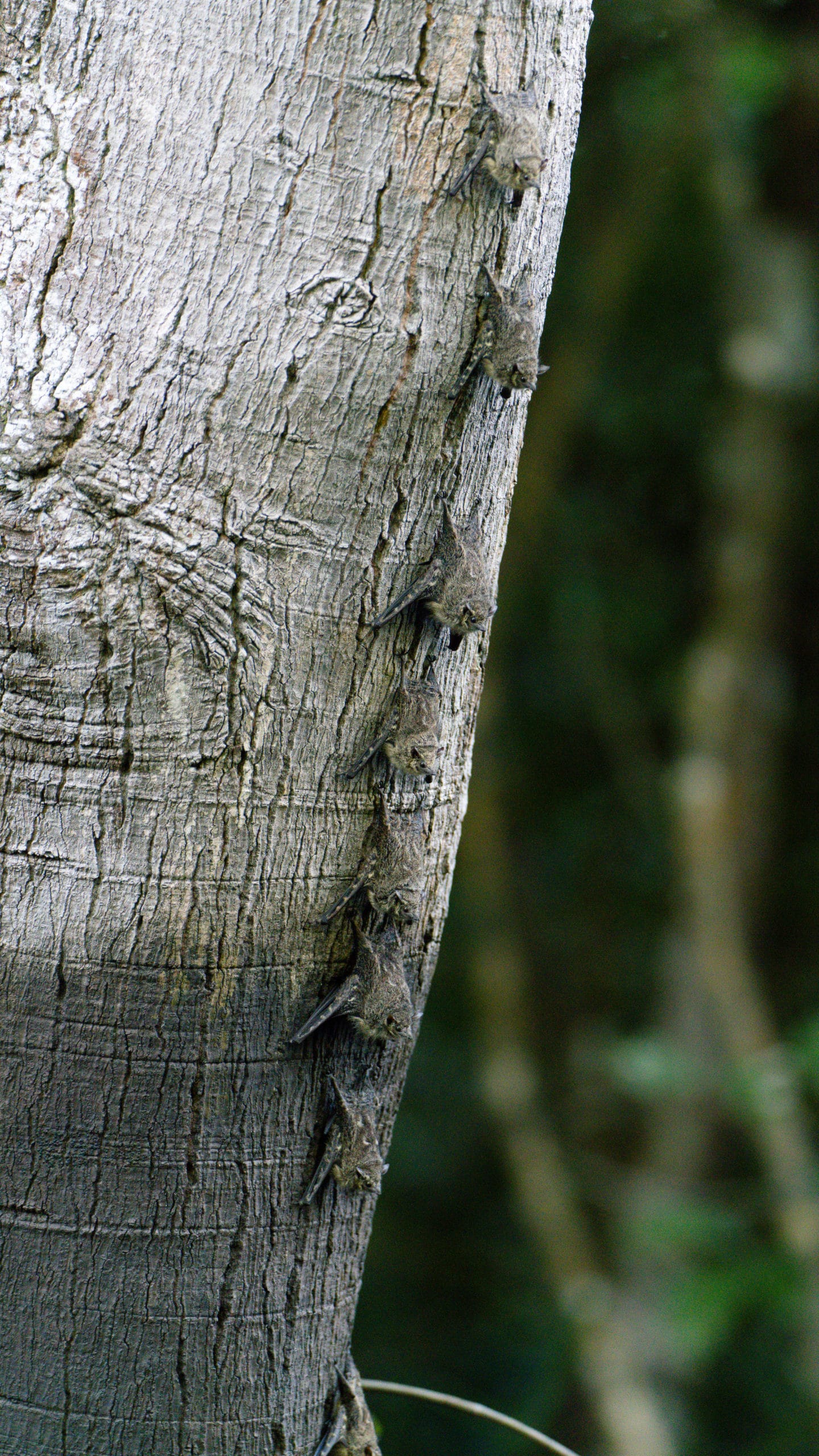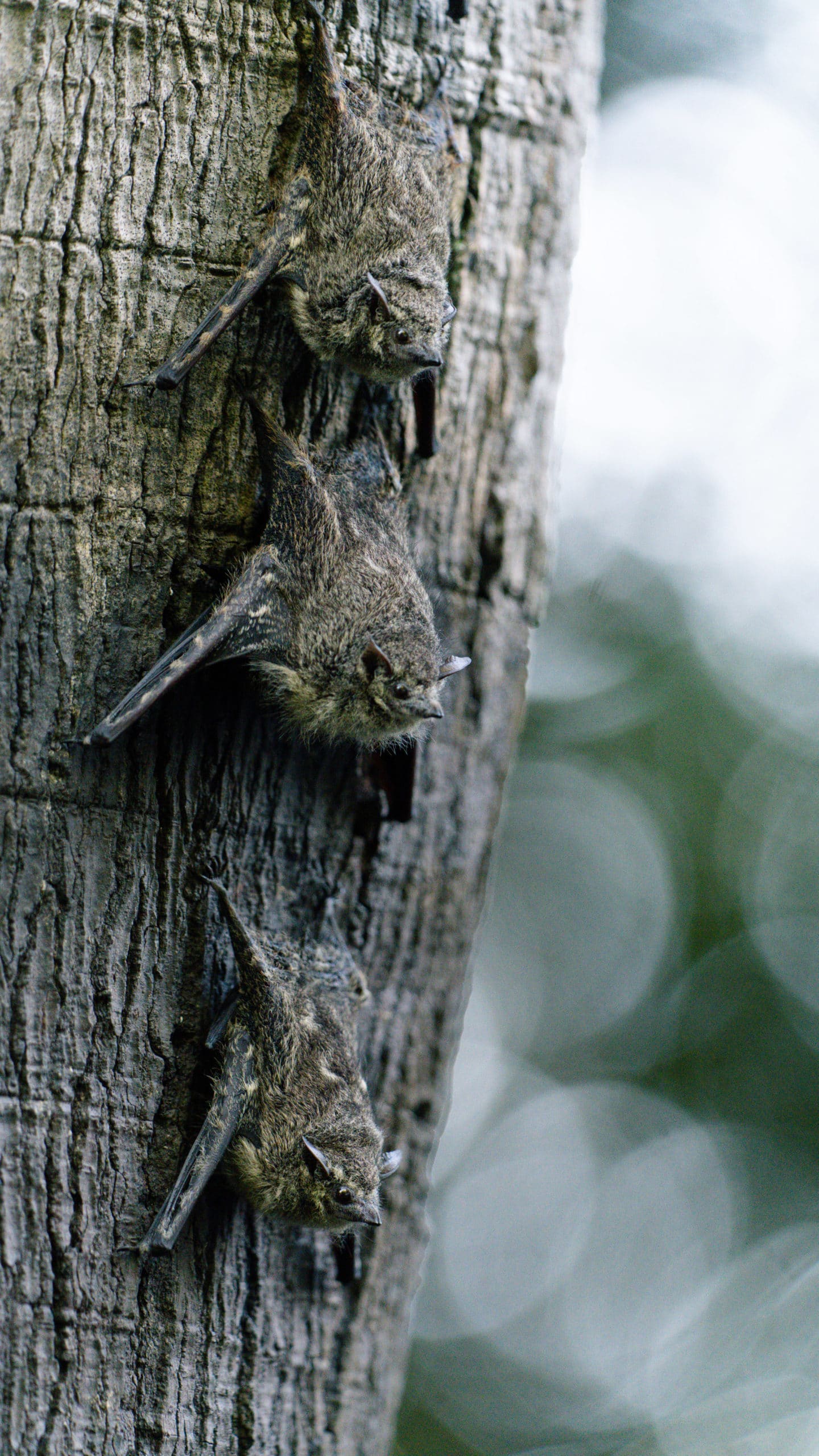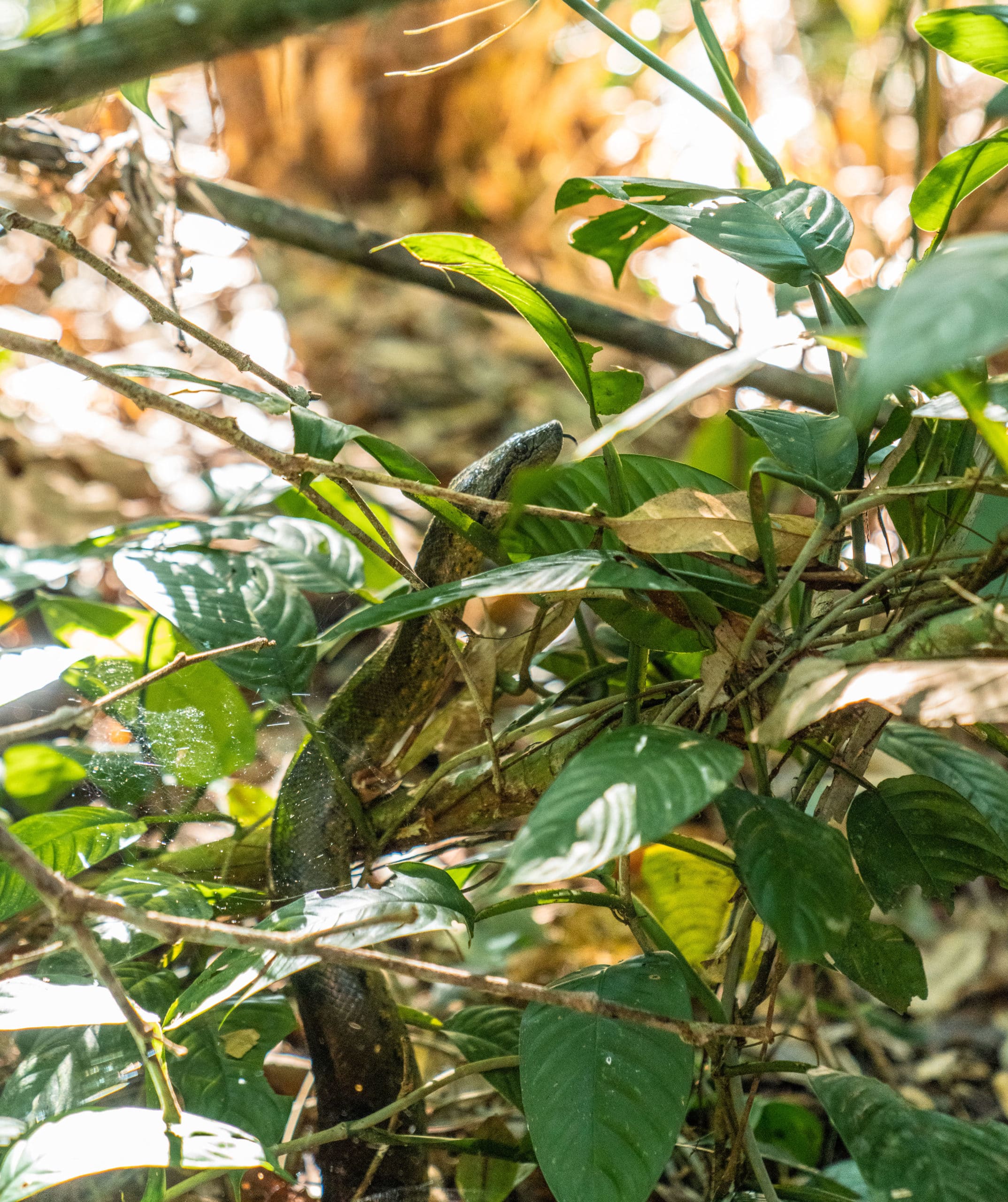Keep reading to see the amazing animals of the Amazon!
This summer, we had the pleasure of chartering the Deflin II with LimitLes Peru 2022. We learned so much in such a short time from the medicinal properties of nature to the mighty importance of each living thing we discovered. I am now forever a bird watcher and jungle trekking fanatic. And did you know the Amazon rainforest is a huge regulator of the world’s oxygen and carbon cycles?! Nature is neat.
I have to shout out our incredible naturalist guides from the Delfin who guided us through the Amazon river and jungle, have the eyes of a tiger, an incredible wealth of knowledge, and a vivid passion that makes the experience next-level.
Introducing the amazing animals of the Peruvian Amazon
Pink river dolphin:
These aren’t the only species of dolphin in the Amazon, but they are my personal fav. They’re the largest and smartest of the five and can live to 30 years old. The Amazonian legend says pink river dolphins take human form at night. The jury is out on that one, but we could have (and did) watch this beautiful endangered species swim and surface for hours.

Three-toed sloth:
Everything about these cute creatures is very, veryyy slow. They sleep from 15 to 18 hours a day, have an incredibly slow metabolism, and at their fastest pace can move a quarter mile per hour. They can be spotted high in the Peruvian Amazon’s canopy blending into its lush surroundings with the help of the green bacteria or mold that grows on their fur.

Leaf-nosed bat:
We learned that bats make up the largest population of mammals and are the most diverse mammal group of the Amazon Rainforest. One morning, we were slowly floating along the river towards a marked tree. As we got closer, the ridges turned out to be a perfect line of these slightly spooky leaf-nosed bats. Fear not, though, because unlike their blood-sucking cousins (who btw are not hunting humans) these short-tailed species snack on insects, tropical fruit, and foliage.


Monkey tree frog:
I don’t know about you, but this is THE frog I imagine when I think Amazon rainforest. This species produces a waxy secretion all over their skin that has medicinal properties for humans but is poisonous to predators to act as their own built-in protection!

Green iguana:
Can often be seen sunning in trees high from their predators. Their ability to color change helps blend them into their environment and steer any predators away.

Green anaconda:
Nonvenomous, but quite intimidating at first sight, this species is the heaviest and one of the world’s longest snakes at 22 feet long. The longer we witnessed this young anaconda slowly slipping around and climbing a tree(!!!), the more mesmerizing it became.


Poisonous dart frog:
These tiny toxic frogs can kill up to 100 men, but are harmless if left alone 😉 The Amazonians strategically used this native creature to successfully hunt animals, especially those high in the canopies. Through extracting a tiny bit of poison and placing on an arrowhead, they could strike a monkey (for example) from the canopy, immediately stunning it and releasing it from the tree tops.

Night owl monkey:
These big brown-eyed monkeys are nocturnal and mostly active at night, but we got a lucky glimpse of them resting during the early morning hours!

Spider monkey:
Monkey see, monkey do. Mom goes first – jumping from branch to branch and watching on to see if her teenage babe will pass the test. Luckily, it was an A+ day for all the monkeys in play.

Piranha:
These small fish with very sharp teeth are important to the Amazon River, acting as clean up crew clearing the waters of weak or dead fish. With the help, guidance, and encouragement of the Deflin II naturalists, we got to fish (catch and release) for these small but mighty fish with raw meat and see those snappers up close.

Black caiman:
These scaly-skinned reptiles were nearly hunted to extinction. We were lucky to find a baby hidden in the river bush during our night safari. Mom must have been close, but the older they get, the better they are at camouflaging themselves.

Tarantula:
These are the largest spiders in the world, and the Amazonian variety is the largest of them all. They can live up to 30 years and can grow to 13 inches. Surprisingly, their bites are not venomous, but their massive hairy bodies are not quite cuddly either.

Related: LimitLes Peru 2022: The Highlight Reel
Because trees need hugs and recognition too…
Walking palm tree:
Native to tropical rainforests in Central and South America, this tree “walks” from shade to sunlight by growing its roots where it wants to travel and then allowing the old roots to lift from the ground and die. There’s still lots to be learned about this strange natural miracle, but what a sight to see!

Ficus tree:
The ficus family contains 850ish species that can grow in many forms from vines and shrubs to stranglers. Our naturalist guide, George of the jungle, showed us the most fun use of the tree and newly named ‘Alex of the jungle’ gave it his best shot!

Kapok tree:
One of the most well-known giants in the Amazon rainforest was just begging for a hug. This magical tree has so many uses for humans from medicinal and lumber to its red silk cotton fruit (pictured) fiber which is lighter than cotton and more buoyant than cork – making it ideal for stuffing bedding and life preservers.

Rubber tree:
While these made people wealthy, the discovery and exploitation of the rubber tree also enslaved and even put many Amazon groups into extinction. During the 1880s rubber boom, its gum (pictured) was collected to make the original rubber in tires. It’s still the main source of natural rubber to this day.

This is barely scratching the surface of plant and animal species of the Amazon. I invite you to dive into the deep, lovely, learning hole of documentaries, photos, and videos of this mystical place. And then tell me, have we convinced you to add it to your bucket list?!



Leave a Reply